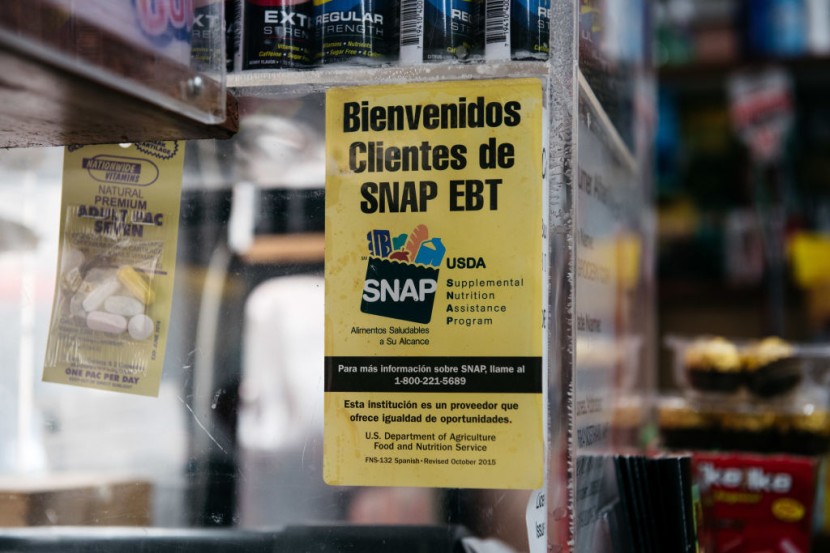
Soon, the emergency benefits that helped increase SNAP during the COVID-19 pandemic will stop, leaving households with less money and higher food prices.
The Supplemental Nutrition Assistance Program (SNAP) was formerly known as the Food Stamp Program.
SNAP Payments to Last Until March
Since nearly three years ago, households have received an additional $95 or more than their standard allocation. In seventeen states, these supplemental emergency benefits have expired as of January 2023, according to MSN.
According to the Food and Nutrition Service of the United States Department of Agriculture, these states include Alaska, Arizona, Arkansas, Florida, Georgia, Idaho, Indiana, Iowa, Kentucky, Mississippi, Missouri, Montana, Nebraska, North Dakota, South Dakota, Tennessee, and Wyoming.
The emergency allocation in South Carolina will expire with the January 2023 payments. According to the FNS, the remaining 32 states, Washington, DC, Guam, and the US Virgin Islands, will no longer get the additional funds beginning in March 2023.
After the onset of the COVID-19 pandemic in 2020, SNAP max benefits were established. Each month, recipients receive a second payment at the end of the month. According to KFOR, Director of Adult and Family Services at DHS, Deborah Smith stated that the second payment usually is $95. In Fiscal Year 2022, the government indicated that 408,000 households and 855,000 people participated in SNAP.
Smith stated that certain Oklahomans might be affected more than others by this new adjustment. With the passing of the Consolidated Appropriations Act of 2023, the benefits ended.
Instead of providing more SNAP benefits, the funds would fund a permanent summer meal program for children. Chris Bernard, chief executive officer of Hunger Free Oklahoma, stated that the lunch program is excellent news, but it does not replace the SNAP maximum.
Hunger Free Oklahoma is a nonprofit organization that connects individuals to federal nutrition programs. Since the SNAP emergency benefit has ended, local groups that help give services to families will need assistance more than before.
According to experts, increased Supplemental Nutrition Assistance Program payments for low-income New Yorkers, which began in the early days of the pandemic, are scheduled to expire at the end of February, which might exacerbate Long Island's food insecurity situation.
Since April 2020, shortly after the commencement of COVID-19 lockdowns, emergency allocations of the government program known as SNAP have been in effect. SNAP recipients earned an additional $95 per month or benefited up to the maximum for their household size, whichever was more significant.
In March, SNAP payments will revert to their pre-pandemic levels due to a December legislative budget bill that eliminated the emergency allocations out of fear that the monies may discourage job searchers. The benefit amount will once again be determined by a recipient's household income as opposed to the household size, as per News Day.
Read Also : Prince Andrew Evicted from Buckingham Palace
Decreased SNAP Benefits in Colorado
In the coming months, hundreds of thousands of Coloradans will experience significant cuts to their food stamp benefits. Karla Maraccini, director of the Department of Food and Energy Assistance at the Colorado Department of Human Services, discussed the impact of the reduction in benefits on Coloradans in an interview with 9NEWS.
During the three years of the pandemic, we have been granting this emergency or maximum allotment benefit. It raises all household incomes to the maximum level for their size. If they had already reached the maximum amount allowed, it increased their total by $95. This cannot be appealed since it is deemed a mass change and is implemented nationwide.
Both the local office of human services and the state office of human services can alter this decision. There are around 289,000 SNAP-participating families in Colorado, including approximately 554,000 persons, and this will result in a reduction of roughly $90 per person per family.
A family of four, for example, will likely see a $360 cut beginning in March. Statewide, it will be around $55 million each month. Not only will this have a disastrous effect on SNAP households, but it will also have a significant negative impact on the Colorado economy, supported by local grocers, merchants, farmers, producers, and ranchers.
Related Article : Who May Receive $7,500 Tax Credit?
@YouTube








